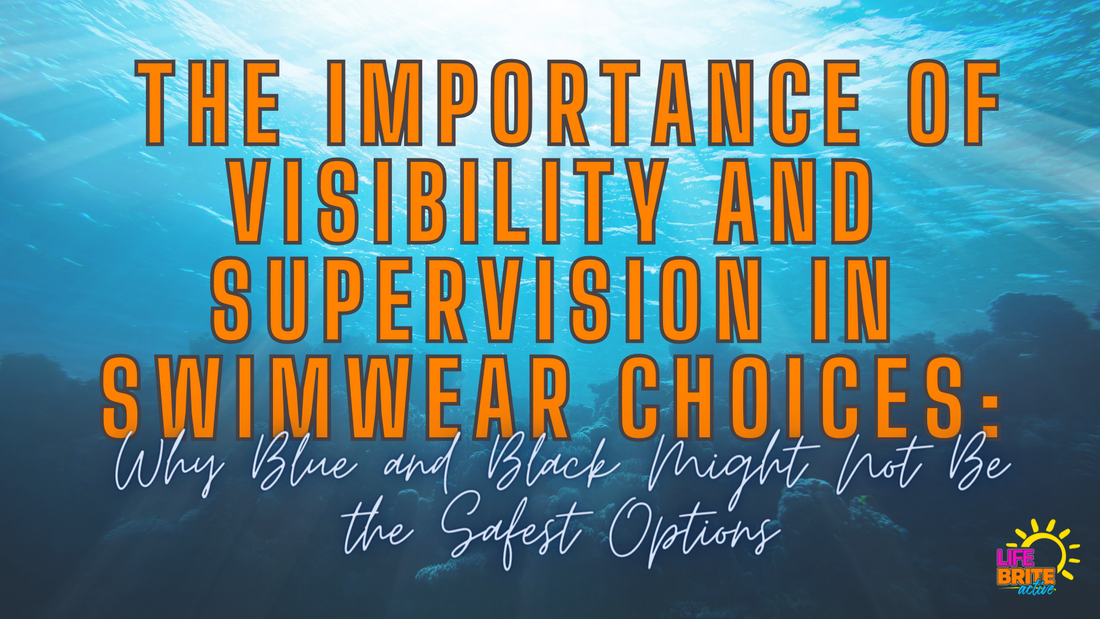When it comes to swimming, safety should always be a top priority. Whether you're enjoying a leisurely dip or participating in competitive swimming, visibility and supervision play crucial roles in ensuring a safe experience for everyone involved. Surprisingly, the color of your swimwear can significantly impact visibility in the water, with options like blue and black often posing challenges for both swimmers and supervisors. In this article, we'll dive into why these colors may not be the safest choice and explore alternatives that enhance visibility and promote safety.
1. Limited Visibility in the Water:
One of the primary concerns with blue and black swimwear is their limited visibility in aquatic environments. These dark colors can blend in with the water, making it difficult for lifeguards, supervisors, or fellow swimmers to spot you, especially in crowded pools or open water settings. According to a study published in the Journal of Water Safety and Aquatic Rescue, dark-colored swimwear was associated with slower detection times in simulated drowning scenarios, highlighting the importance of choosing brighter, more visible options.1
2. Challenges for Supervisors:
For lifeguards and supervisors tasked with monitoring swimmers, identifying individuals wearing blue or black swimwear can be particularly challenging. In cases of distress or emergencies, every second counts, and the ability to quickly locate a swimmer can mean the difference between life and death. Brightly colored swimwear, such as neon yellows, oranges, or pinks, can significantly improve visibility, aiding supervisors in their efforts to maintain a safe swimming environment.
3. Enhanced Safety in Competitive Settings:
In competitive swimming, where swimmers often compete in close proximity to one another, visibility becomes even more critical. Dark-colored swimwear can make it harder for officials to distinguish between athletes, potentially leading to confusion or errors in judgment during races. Many swimming federations and organizations have established guidelines regarding swimwear colors to ensure optimal visibility for both swimmers and officials, emphasizing the importance of choosing brighter hues for enhanced safety during competitions.
4. Recommendations for Safer Swimwear Choices:
To promote visibility and safety in the water, consider opting for swimwear in vibrant colors such as bright reds, oranges, yellows, or even fluorescent greens. These hues not only stand out against the water but also make it easier for supervisors to monitor swimmers, especially in crowded or dimly lit environments. Additionally, incorporating reflective elements or high-visibility accents into swimwear designs can further enhance visibility, particularly in low-light conditions or open water settings.
When it comes to swimming, prioritizing safety is paramount. The color of your swimwear plays a significant role in your visibility in the water, impacting not only your own safety but also that of those around you. By choosing brightly colored swimwear options over traditional blues and blacks, you can enhance visibility, facilitate supervision, and contribute to a safer swimming experience for everyone involved.
Sources:
- "The Effect of Swimmer Clothing Colour on Detection Times in Simulated Open Water Drowning Incidents" - Journal of Water Safety and Aquatic Rescue.
- "USA Swimming Rules and Regulations" - USA Swimming.
- "FINA Facilities Rules" - International Swimming Federation.

